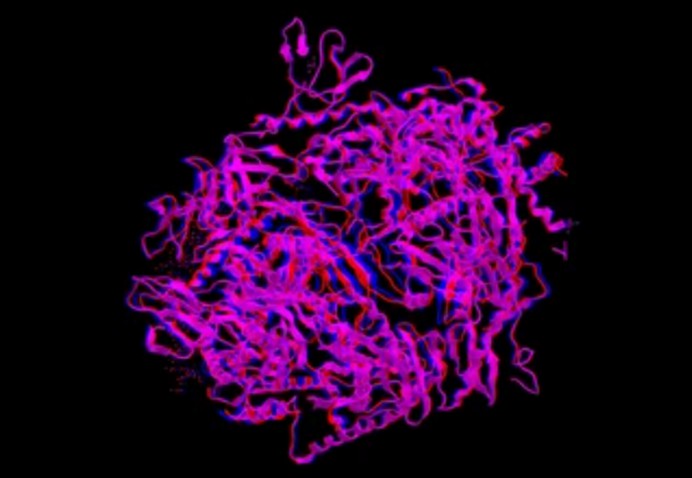Common Techniques for Exosome Nucleic Acid Extraction
Exosomes, a type of extracellular vesicle, have emerged as a rich source of nucleic acids, including DNA, messenger RNA (mRNA), microRNA (miRNA), and other non-coding RNAs. These exosomal nucleic acids carry valuable information about the genetic and epigenetic landscape of their parent cells, making them attractive targets for biomarker discovery, disease diagnosis, and therapeutic interventions. However, extracting high-quality nucleic acids from exosomes presents unique challenges due to their small size, low abundance, and complex composition.

Several established techniques and commercially available kits have been developed to overcome the challenges associated with exosomal nucleic acid extraction. These methods can be broadly categorized into two main approaches: precipitation-based methods and column-based methods.
Precipitation-Based Methods
- Differential ultracentrifugation. This classical method involves a series of centrifugation steps to pellet exosomes, followed by washing and resuspension to remove contaminants. The resulting exosome pellet can be subjected to nucleic acid extraction using commercial kits or customized protocols.
- Exosome precipitation reagents. Various reagents, such as polyethylene glycol (PEG) or commercial precipitation kits, can precipitate exosomes from biological fluids. Following precipitation, the exosome pellet can be resuspended and subjected to nucleic acid extraction.
Column-Based Methods
- Commercial kits. Several commercial kits are available that utilize affinity columns, such as silica-based membranes or magnetic beads, to selectively bind and capture exosomes. These kits often include proprietary lysis buffers and spin columns for nucleic acid extraction.
- Size-exclusion chromatography (SEC). SEC separates exosomes from contaminants based on their size and density using specialized columns. After the elution of purified exosomes, nucleic acid extraction can be performed using standard protocols.
- Immunocapture-based methods. Antibody-coated magnetic beads or columns can be utilized to specifically capture exosomes expressing specific surface markers. This approach allows for targeted extraction of exosomal nucleic acids from specific cell types or disease-associated exosomes.
Optimization and Quality Control
- Proper sample handling, such as appropriate storage conditions, minimal freeze-thaw cycles, and avoidance of hemolysis or contamination, is crucial for preserving exosomal nucleic acids.
- To inhibit RNase activity, the addition of RNase inhibitors, such as RNaseOUT or SUPERase-In, to lysis buffers or extraction reagents is recommended.
- Various factors, including the choice of extraction method, lysis buffers, and elution volumes, can impact extraction efficiency and yield. Optimization experiments should be performed to maximize nucleic acid recovery.
- To minimize contamination from non-exosomal nucleic acids or proteins, additional purification steps, such as phenol-chloroform extraction or DNAse treatment, may be incorporated into the extraction protocol.
- Regular assessment of nucleic acid quality, quantity, and integrity using spectrophotometry, fluorometry, or electrophoresis is essential to ensure reliable downstream analysis.
Creative Bioarray Relevant Recommendations
Creative Bioarray aims to develop high-quality exosome extraction kits with optimized conditions to help our customers obtain pure exosomes with higher yields. Our newly developed Exosome RNA Extraction Kits and reagents were designed for high-quality purification, isolation, and extraction of total RNAs (miRNA + mRNAs). In addition, the exosomal extracted DNA isolated by our Exosome DNA Extraction Kits can be directly used for PCR and DNA sequencing. With our growing pipeline, we are developing more products continuously in every way to meet our customers' needs.